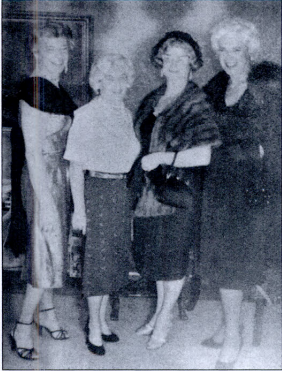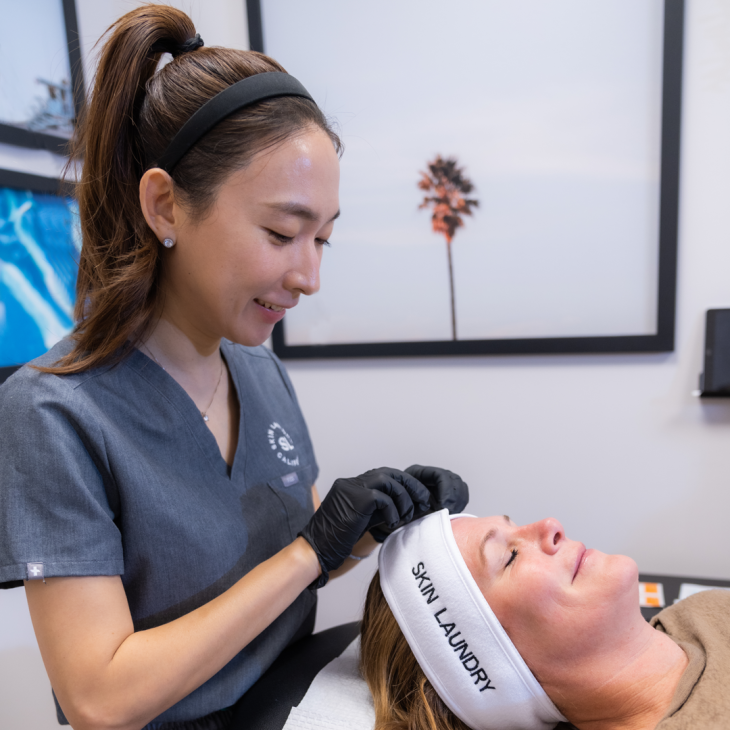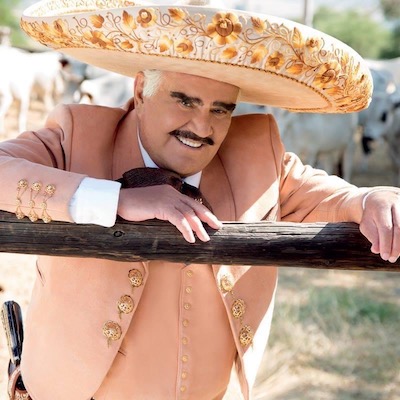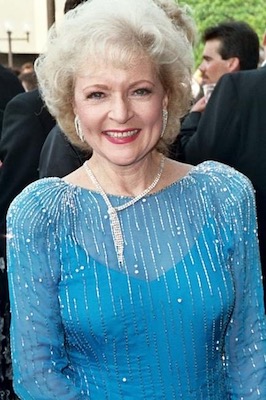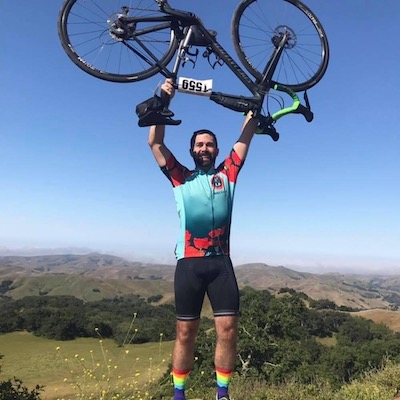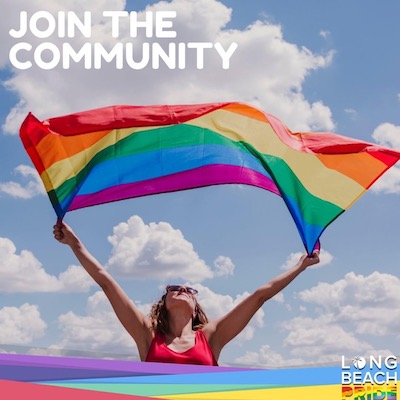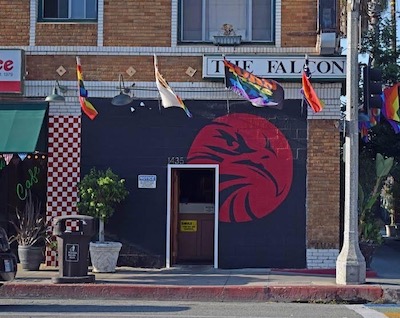Imagine body dysphoria prior to the 1950s and ‘60s – No support, no rights. Heck, the term “transgender” didn’t even exist until the ‘60s. Meet Virginia Prince, a pioneer in the queer community. She is credited with coining the term transgender. Originally identifying as a “transvestite,” Prince publicly denounced sex reassignment surgeries and homosexuality while promoting outward feminine expression.

Virginia Prince founded Hose and Heels Club and co-founded Transvestia: The Journal of the American Society for Equality in Dress.
In 1952, Virginia Prince and several other transvestites in Los Angeles created Transvestia: The Journal of the American Society for Equality in Dress. Though it lasted only two issues, this publication marks the beginning of the transgender rights movements in the United States. In 1960, Prince and other cross-dressers revived Transvestia, the first lasting and influential transgender-oriented magazine. It helped create a new identity-based minority community through social commentary, educational outreach, self-help advice and autobiographical vignettes.

Covers of Transvestia: The Journal of the American Society for Equality in Dress
In 1961, she founded the Hose and Heels Club, the first peer support and advocacy groups for male transvestites in the United States. A year later, the organization evolved into a sorority named Phi Pi Epsilon or “full personality expression.” The sorority launched several chapters across the country, enabling formerly isolated cross-dressers to find community locally and nationally. Though she had been revolutionizing the LGBTQ+ community for nearly a decade, Prince began to live full-time as a woman in 1968.

